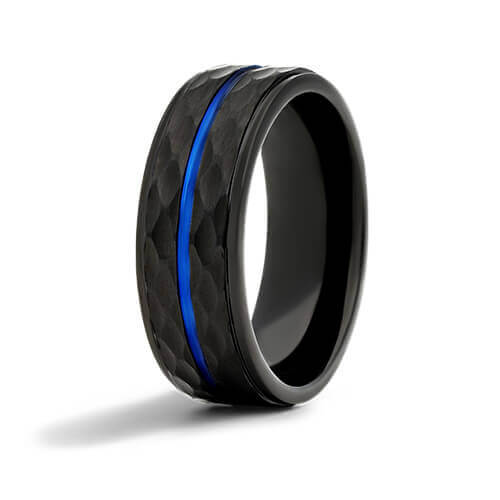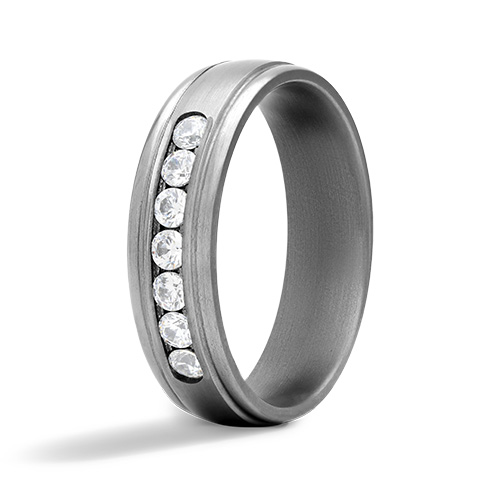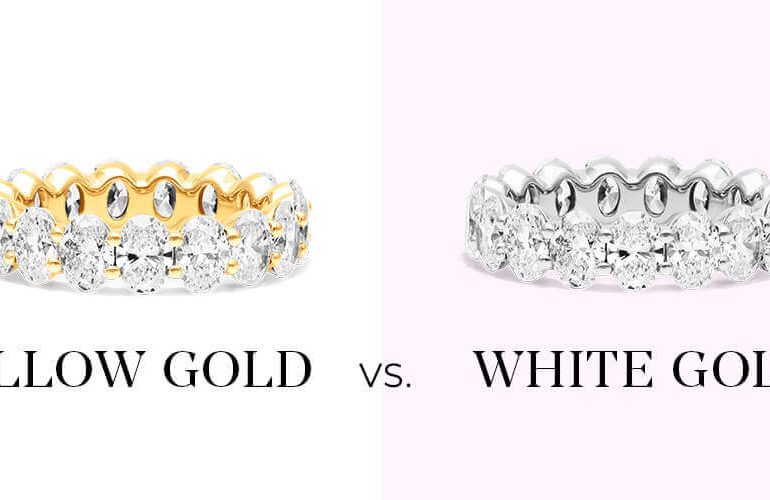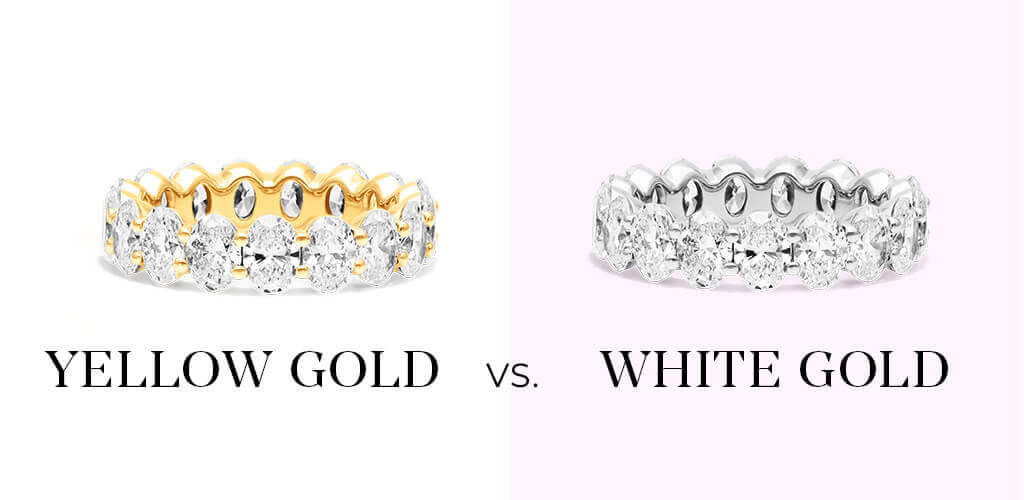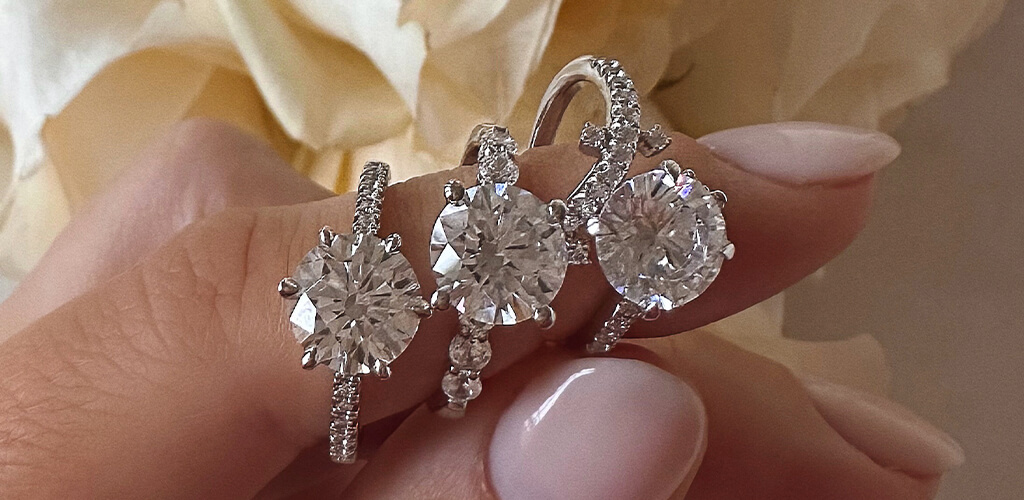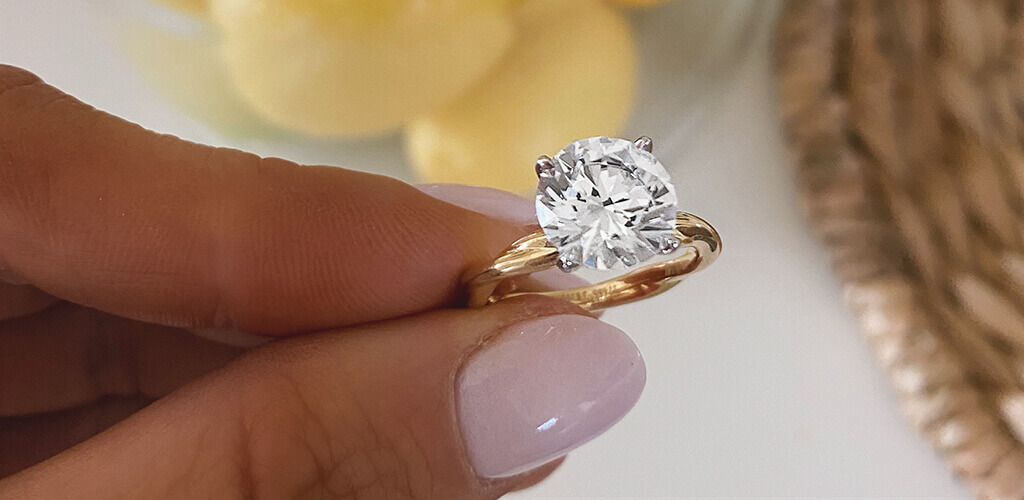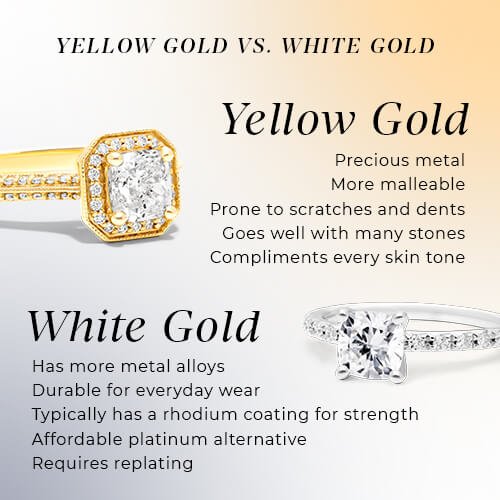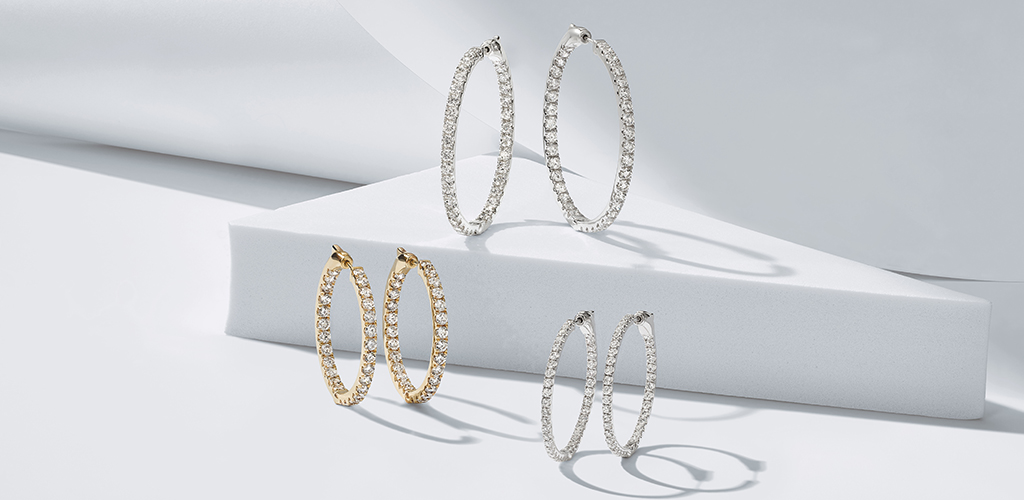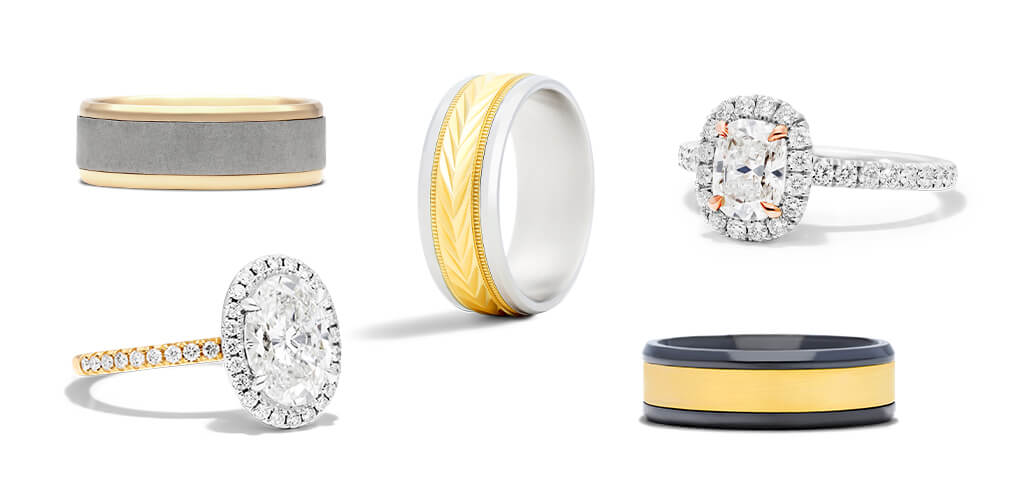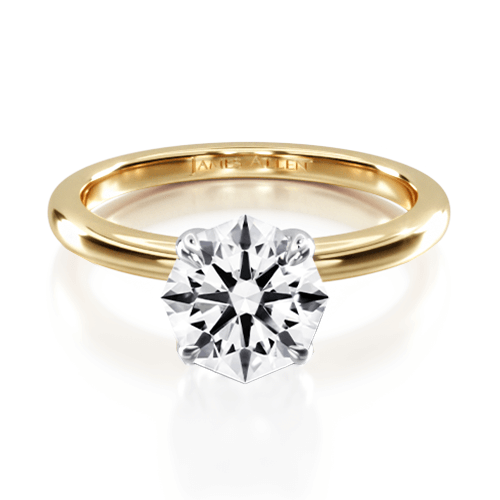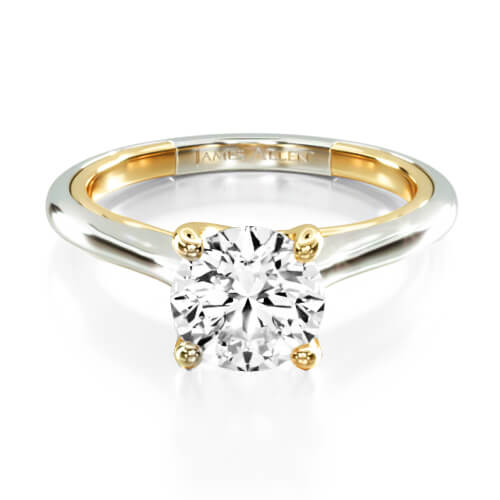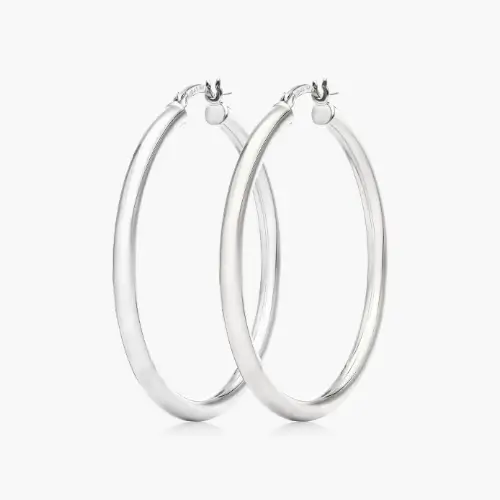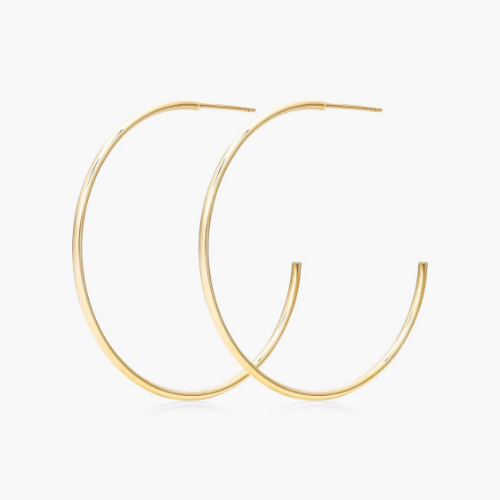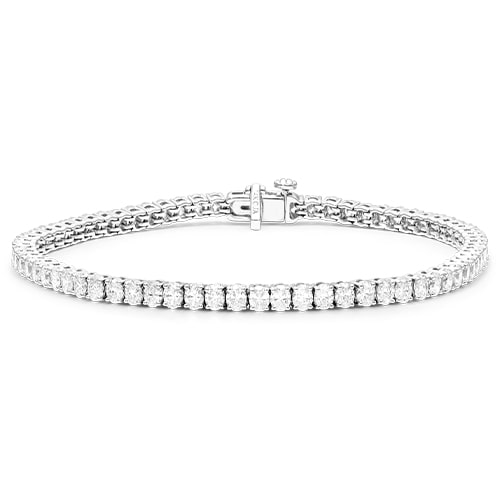Choosing the perfect men’s wedding ring is a significant decision that combines personal taste with practical considerations. This guide explores a wide range of options, including materials, styles, and pricing, to help you find a ring that not only symbolizes your commitment but also suits your daily life.
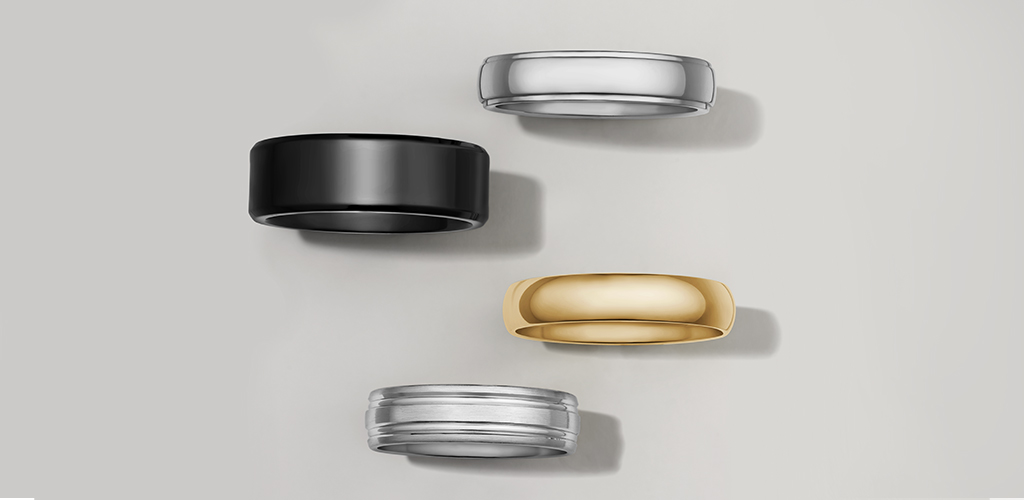
What Is A Wedding Ring?
So what IS a wedding ring? While the engagement ring is what you wear when you are intended to be married, the wedding ring is what you exchange during the ceremony and what you wear once you are officially married.
What Does A Wedding Ring Symbolize?
A wedding ring marks the love between you and your partner and is a symbol to the world of your commitment to each other that you wear and see everyday.
Your wedding ring is emblematic of your wedding vows, a beautiful reminder of the meaningful words you said to your partner on that special day.
The Difference Between A Wedding Ring And a Wedding Band
This one is easy, there isn’t one! Wedding rings and wedding bands are the same things. The terms are used interchangeably and both refer to the ring you exchange during your wedding ceremony to symbolize your commitment to your partner.
Material Choices
Traditional and Alternative Metals: Selecting the right material is crucial as it affects the ring’s look, feel, and durability. Here are some popular options available on James Allen:
Gold: A classic choice, available in yellow, white, and rose hues, varying in karat (14k, 18k).
Platinum: Highly durable and pure, making it hypoallergenic and ideal for sensitive skin.
Tungsten: Extremely hard and scratch-resistant, perfect for those with active lifestyles.
Titanium: Lightweight and strong, resistant to corrosion.
Cobalt: Scratch-resistant and harder than titanium, with a naturally white appearance similar to platinum.
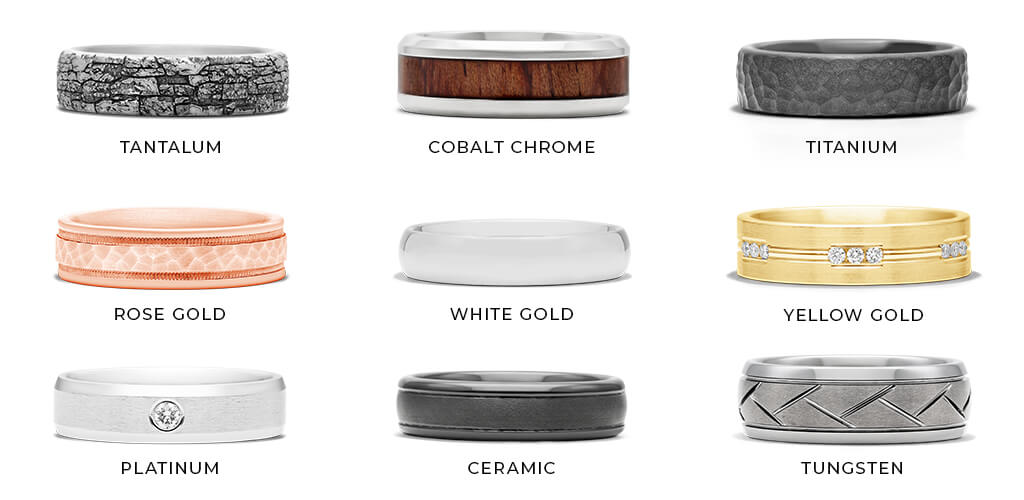
Choosing the Right Width for Men’s Wedding Rings
Typically ranging from 4mm to 8mm. The choice depends on hand size and personal comfort.
Small Hands
A narrower band is generally more proportional and comfortable for men with smaller hands or shorter fingers. A width of 4mm to 6mm can be ideal as it ensures that the ring enhances the finger without overwhelming it. Rings that are too wide can make small hands look even smaller and may also restrict finger movement.
Medium Hands
Men with medium-sized hands are fortunate in that they can comfortably carry off a wide range of widths. A bandwidth of 5mm to 7mm is often perfect, as it provides a noticeable presence on the hand without appearing too bulky or too slender. This range offers a balanced look that complements the hand size.
Large Hands
Those with larger hands or longer fingers can wear wider bands that make a stronger statement. A width of 6mm to 8mm, or even wider, can look more proportional and aesthetically pleasing. Wider bands on larger hands help to fill space elegantly, ensuring the ring looks appropriately scaled.
Thin Fingers
For men with thinner fingers, it’s important to choose a ring that doesn’t overpower the hand but still feels substantial. A narrower band, typically between 4mm and 5mm, tends to be more proportional and aesthetically pleasing. These widths help maintain a delicate balance by providing a noticeable ring presence without making the finger appear even slimmer.
Thick Fingers
Men with thicker fingers have more leeway to go with wider bands, which look more proportionate and can be more comfortable. A width of 6mm to 8mm or more can be ideal. Thicker bands fill more of the finger space, which can visually balance the hand and ensure the ring is noticeable and aesthetically pleasing.
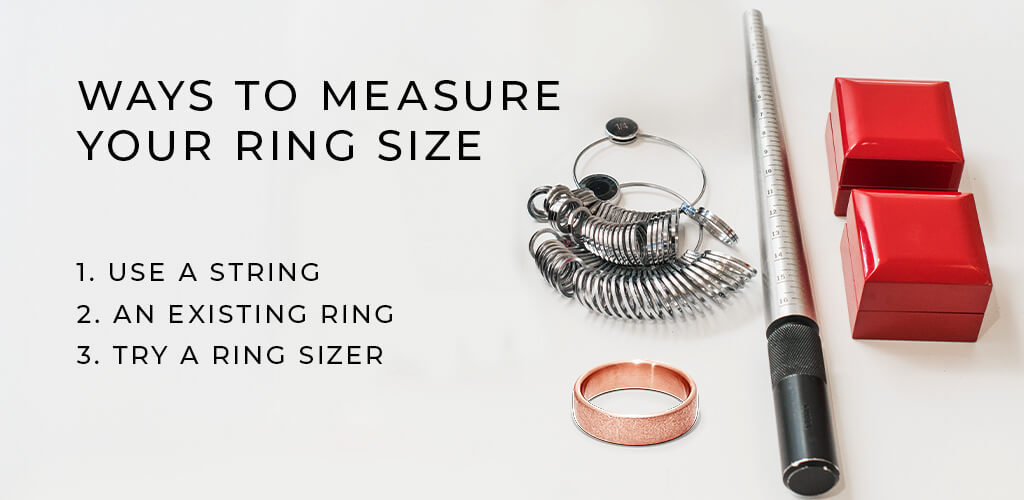
Designs For Men’s Wedding Rings
Classic vs. Contemporary Styles
Classic bands are usually plain with a uniform width, while contemporary styles might incorporate unique textures, colors, and detailing like beveled edges or inlays.
Customization Options
Engravings can personalize your ring with dates, names, or special messages. Some rings also offer the option for inset stones or custom finishes.
Finish Types
Polished: A high gloss that enhances the ring’s color and brightness.
Matte: A less reflective finish that offers a modern look.
Hammered: Textured surface that hides scratches and dents well.
Fit and Comfort
Comfort Fit
Features rounded edges inside the ring to minimize contact with the skin, ideal for those unaccustomed to daily ring-wearing.
Standard Fit
Flat on the inside, which can be less comfortable but may feel more secure for some.
Sizing Tips: Visit a jeweler to have your ring size measured accurately. For online sizing, tools like printable size guides or string/paper methods can help, but professional sizing is recommended for best results.
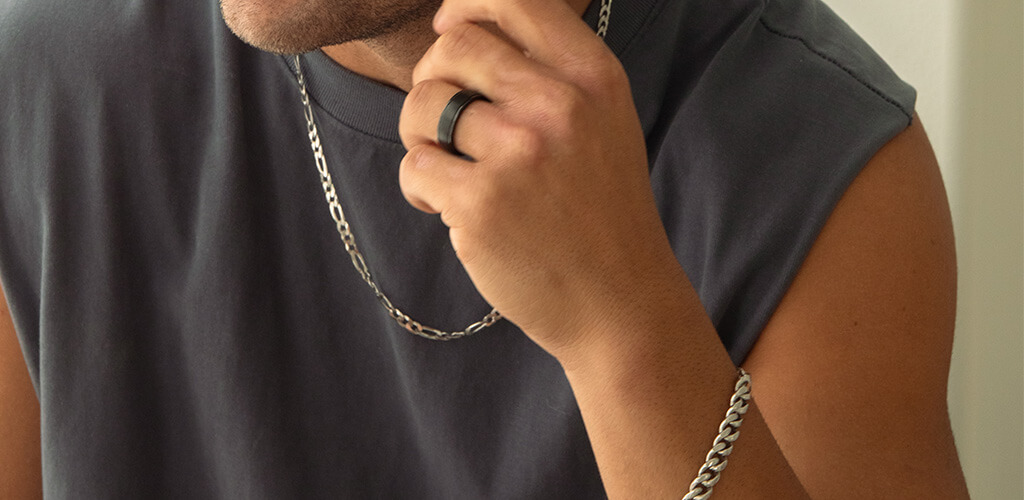
Durability and Maintenance
Choosing for Lifestyle: Consider how your daily activities might affect your ring. Metals like tungsten or titanium offer high durability against physical work or frequent exposure to elements.
Care Instructions: Different metals require different care:
- Gold and silver need regular polishing.
- Platinum develops a patina that can be polished to restore its original luster.
- Titanium and Tungsten are low-maintenance but difficult to resize.
Cost Considerations
Price Range: Men’s wedding rings can vary significantly in price. A simple silver band might start as low as $100, while high-end platinum bands can exceed $2,000. The average price for a quality gold or alternative metal ring typically ranges from $500 to $1,500.
Budgeting Tips: Determine your budget early in the shopping process and explore various metal options to find a ring that fits both your style and financial parameters.
Choose A Style
Another benefit of selecting a wedding ring is the variety of styles and designs available. We understand that with all the choices available, the overall process of searching for the perfect “one” can become overwhelming. Here is a list of some of our most popular styles along with some details to make things a little simpler.
Classic
Classic men’s wedding rings commonly feature an all-metal band that is either smooth or has a slight texture. Timeless and traditional rings are one of the most popular choices amongst customers. Our classic wedding rings are available in platinum, yellow, white, and Men’s rose gold wedding rings.
Carved
Carved men’s rings are a trendy and popular choice for those looking for a twist on the classic wedding ring. With the evolution of men’s fashion and jewelry, our unique collection of men’s carved rings is not just the perfect accessory; these affordable options complement every masculine style. All our men’s carved wedding rings are available in white gold, yellow gold, rose gold, and platinum.
Diamond
Gone are the days when the groom had to settle for a plain yellow or white gold wedding ring while the bride got all the glitz and glam. Thankfully JamesAllen.com stocks a wide selection of male wedding bands featuring diamond accents that are a great way to add that extra bit of personality to your ring.
Alternative
As we mentioned previously, most of the time when we think of men’s wedding rings, we tend to only think of metals such as yellow or white gold. However, these are not the only materials that can be used for wedding rings. In fact, more men are now stepping out and embracing elaborate and very swank looks.
Black wedding rings for men are all the rage right now and becoming increasingly popular due to their striking, masculine look. Of course, this is an excellent way to show your personality and break tradition. They are sleek and modern and serve as a versatile pieces of jewelry that can be worn for any occasion as a fashion ring – #ootd.
At JamesAllem.com we have a gorgeous collection of men’s alternative wedding rings created with metals that include, cobalt chrome™, titanium, black titanium, and ceramic. These rings are designed with every kind of man in mind, especially those who love some modern luxe.
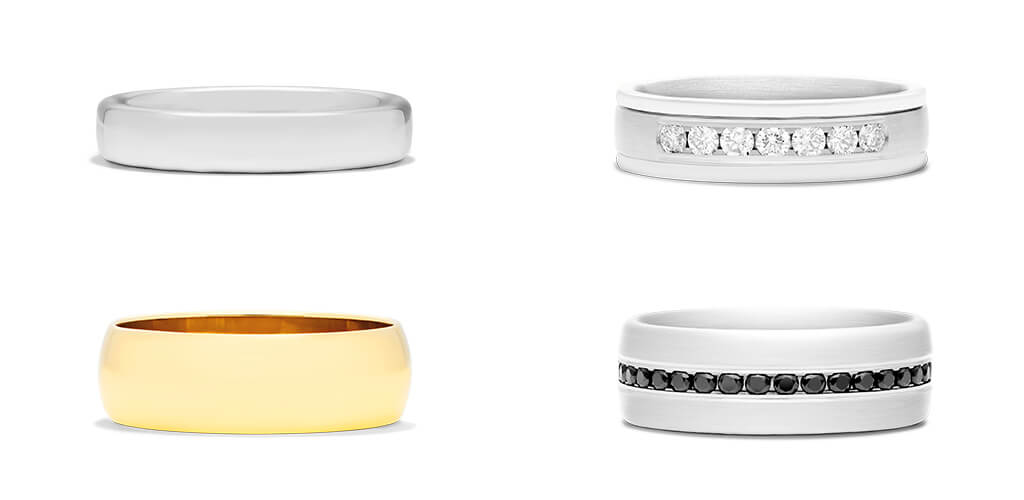
FAQs
What is the most popular metal for men’s wedding rings?
Gold remains the most popular metal for men’s wedding rings due to its timeless appeal and versatility in style and color variations (yellow, white, and rose gold). Platinum is also highly favored for its durability and natural white sheen that does not tarnish over time.
What hand do you wear a wedding ring on?
In many Western cultures, the wedding ring is traditionally worn on the fourth finger of the left hand. This tradition is based on the belief that this finger has a vein that runs directly to the heart. However, some cultures wear wedding rings on the right hand, reflecting local customs and traditions.
Conclusion
Selecting the right men’s wedding ring involves balancing style, material, functionality, and budget. Whether you prefer a timeless gold band or a durable tungsten ring, ensure it reflects your personality and fits comfortably on your finger. Remember, this ring symbolizes your love and commitment, so choose one that you’ll be proud to wear for a lifetime.


